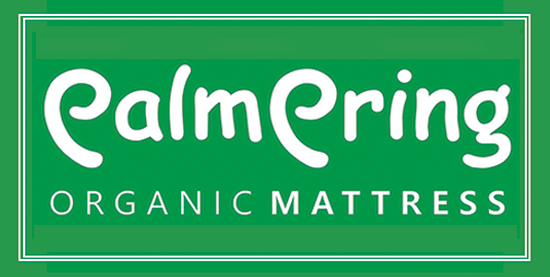When setting up a joint venture, you should receive a written agreement from a lawyer to ensure good communication between all parties involved and security against possible legal effects on the road. Life rarely works in black and white. If you choose to expand your farm between the portion of the crop or the leases, you need to understand what is best for you and be able to negotiate with a landowner who wants the best for it. While this complicates navigation, it will help gain an appropriate level of confidence, prescient and some good advice to clarify what is the best option for each person concerned. The Alberta government is publishing a guide called “Leasing Cropland in Alberta” that can help you make the decision that works best for you. According to the agreements, landowners can either: A: the landowner leases his land to a farmer, but instead of renting, the landowner receives a portion of the operating profit after the sale of that crop. Because the two benefits are shared, landowners and farmers are involved in decisions, including harvest selection. That`s a lot of real estate on which leases to calculate, and there`s a lot to consider when this calculation needs to be done. For types of leases, the cash lease is the most common, but a flexible cash lease is another option.
Each farmer and landowner has different objectives in mind, which is why both parties are looking for solutions that most positively influence them. Depending on the situation of the farmer and the situation of the landowner, different agreements will be more or less advantageous. Whether you`re renting an owner with arable land or a farmer who wants to expand your operation without the significant investments associated with land purchases, the fifth edition of Leasing Cropland in Alberta is worth reading. This updated book deals with many aspects of leasing and serves as a guide for the implementation of a rental contract suitable for both landlord and tenant. A typical rental contract is included in this 50,000 book. For example, the two parties could agree on a harvest determined on October 1 and the rest at the current price when the crop is sold and a lease payment before the seeding and the second after the harvest. To create an ideal solution for both parties, tenants and landowners can even develop a hybrid agreement, which further complicates matters. A barleasing is a bit like rent — farmers pay a fixed amount to the owner and then work the land.
